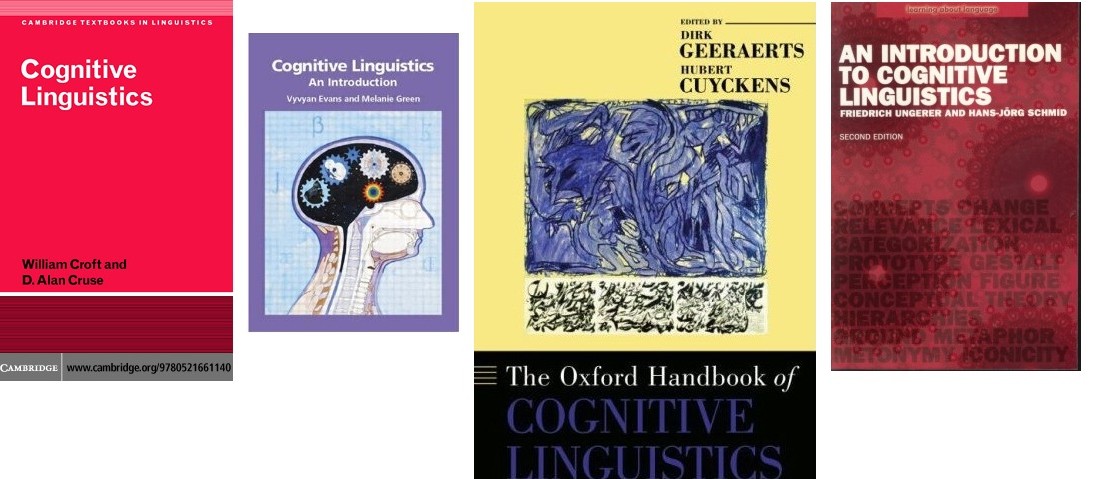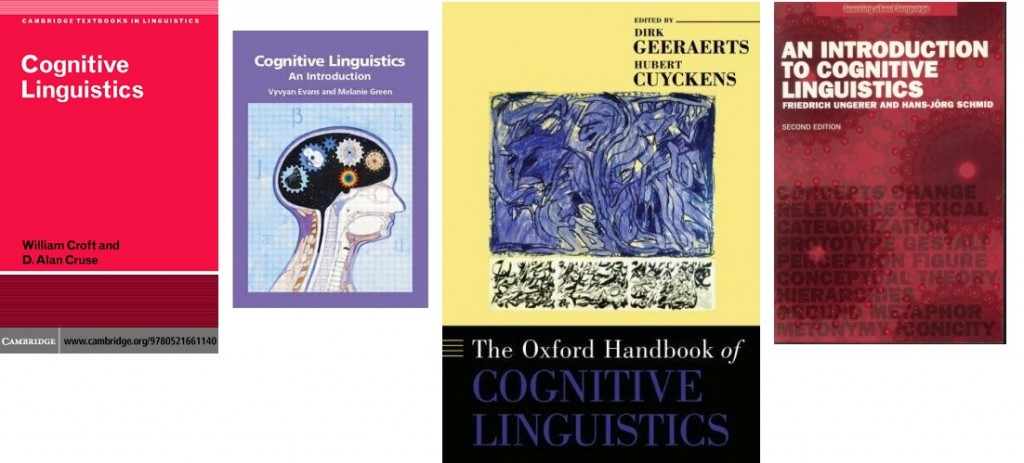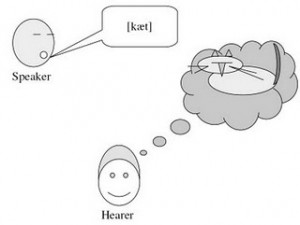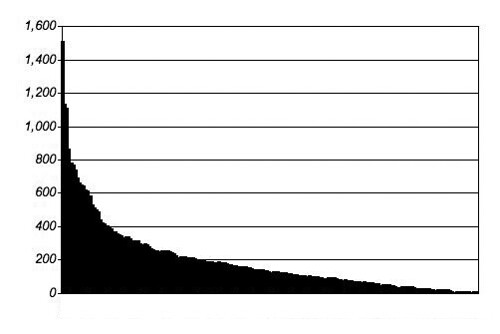Evolang is busy this year – 4 parallel sessions and over 50 posters. We’ll be posting a series of previews to help you decide what to go and see. If you’d like to post a preview of your work, get in touch and we’ll give you a guest slot.
Michael Pleyer Cognitive Construal, Mental Spaces, and the Evolution of Language and Cognition Poster Session 1, 17:20-19:20, “Hall” (2F), 14th March
Perspective-taking and -setting in language, cognition and interaction is crucial to the creation of meaning and to how people share knowledge and experiences. As I’ve already written about on this blog (e.g. here, here, here), it probably also played an important part in the story of how human language and cognition came to be. In my poster presentation I argue that a particular school of linguistic thought, Cognitive Linguistics (e.g. Croft & Cruse 2004; Evans & Green 2006; Geeraerts & Cuyckens 2007; Ungerer & Schmid 2006), has quite a lot to say about the structure and cognitive foundations of perspective-taking and -setting in language.
Therefore an interdisciplinary dialogue between Cognitive Linguistics and research on the evolution of language might prove highly profitable. To illustrate this point, I offer an example of one potential candidate for such an interdisciplinary dialogue, so-called Blending Theory (e.g. Fauconnier & Turner 2002), which, I argue, can serve as a useful model for the kind of representational apparatus that needed to evolve in the human lineage to support linguistic interaction. In this post I will not say much about Blending Theory (go see my poster for that 😉 or browse here ), but I want to elaborate a bit on Cognitive Linguistics and why it is a promising school of thought for language evolution research, something which I also elaborate on in my proceedings paper.
So what is Cognitive Linguistics?
Evans & Green (2006: 50), define Cognitive Linguistics as
“the study of language in a way that is compatible with what is known about the human mind, treating language as reflecting and revealing the mind.”
Cognitive Linguistics sees language as tightly integrated with human cognition. What is more, a core assumption of Cognitive Linguistics is that principles inherent in language can be seen as instantiations of more general principles of human cognition. This means that language is seen as drawing on mechanisms and principles that are not language-specific but general to cognition, like conceptualisation, categorization, entrenchment, routinization, and so forth.
From the point of view of the speaker, the most important function of language is that it expresses conceptualizations, i.e. mental representations. From the point of view of the hearer, linguistic utterances then serve as prompts for the dynamic construction of a mental representation. Crucially, this process of constructing a mental representation is fundamentally tied to human cognition and our knowledge of the world around us. Continue reading “Evolang Previews: Cognitive Construal, Mental Spaces, and the Evolution of Language and Cognition”





 It’s Charles Darwin’s birthday today! He’s 202. So in celebration I’ve written a post on the still ongoing controversy which the theory of evolution by natural selection caused and is causing, specifically with regards to the emergence of human intelligence.
It’s Charles Darwin’s birthday today! He’s 202. So in celebration I’ve written a post on the still ongoing controversy which the theory of evolution by natural selection caused and is causing, specifically with regards to the emergence of human intelligence.